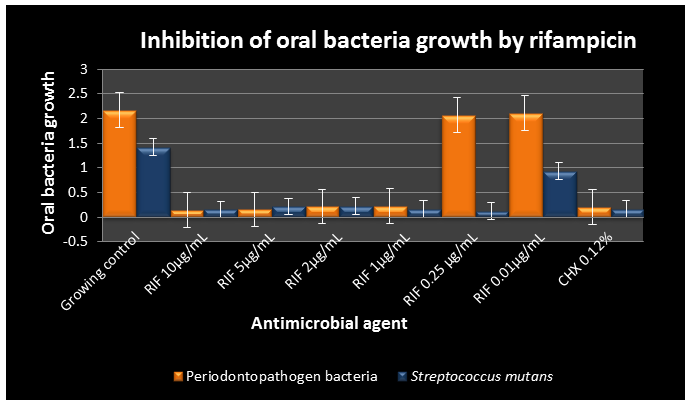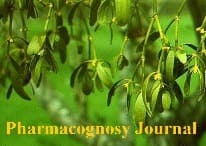Volume 2, Issue 3
Rifampicin and N-acteylcisteyne Inhibit Oral Bacterial Growth and Biofilm Formation
Authors: Hernandez-Romero Cindy, Hernandez-Delgadillo Rene, Galindo-Rodríguez Sergio, Reséndez-Pérez Diana, Flores-González María del Socorro and Cabral-Romero Claudio*.
Facultad de Odontología, Universidad Autónoma de Nuevo León, UANL, Monterrey, Nuevo León, México.
Abstract: Dental plaque consists in a biofilm of pathogen microbes. Some oral bacteria have high homology with M. tuberculosis regarding growth, slow metabolism and cell division. Rifampicin is the first election to treat active tuberculosis; however there are no reports about the capability of rifampicin against oral bacteria. N-acetylcysteine (NAC) is a mucolytic agent with antibiofilm properties, but it is unknown their ability to disrupt oral bacteria biofilm. The aim of this study was determine the bactericidal and antibiofilm effectiveness of rifampicin/N-acetylcysteine against oral microbes. The bactericidal activity to interfere with oral bacteria growth was analyzed by cell viability MTT assay. Anti-biofilm activity explored by fluorescence microscopy. The result of MIC was 1 μg/ml against periodontopathogen bacteria and 0.25 μg/ml for S. mutans. Rifampicin was capable to inhibit the oral biofilm formation in inoculation time. NAC had antibiofilm activities at 200 mg/ml and the mix rifampicin/NAC was capable to eradicate a 4-8 hrs biofilm.
Download Full Article: Click Here
Related Graphics:

Support Us
If you are interested in supporting our work and would like to contribute, you are welcome to mail me at jpbr.anil@gmail.com or at info@thepharmajournal.com it will be a great help and will surely be appreciated.

